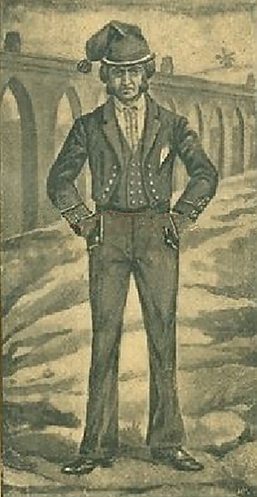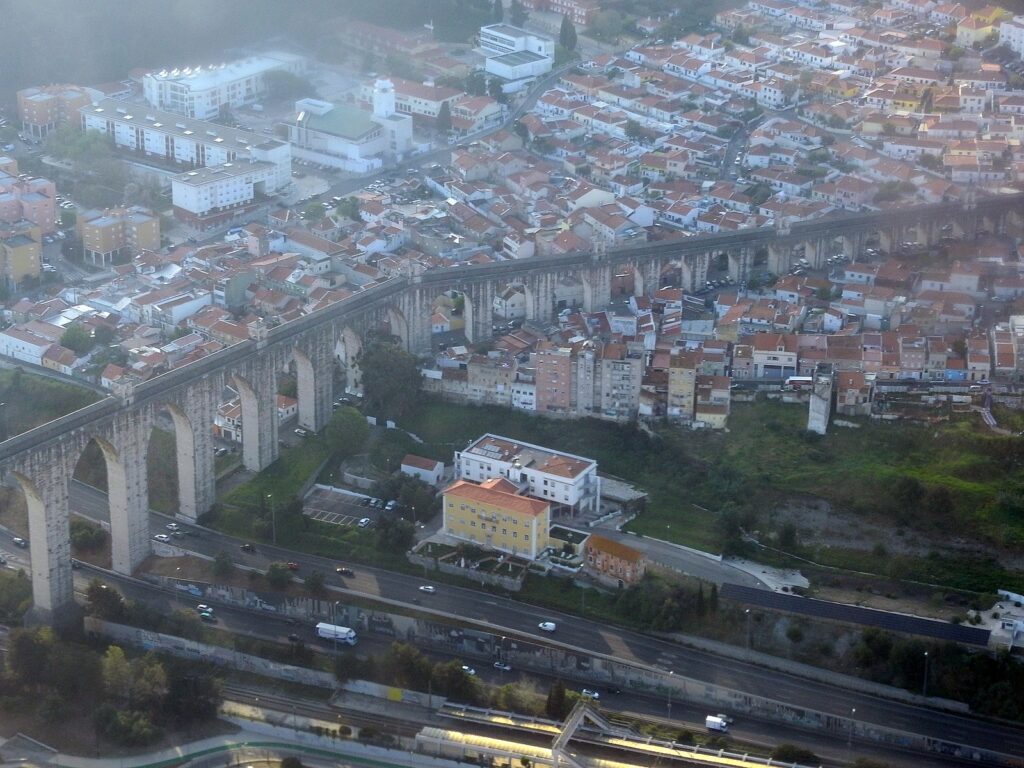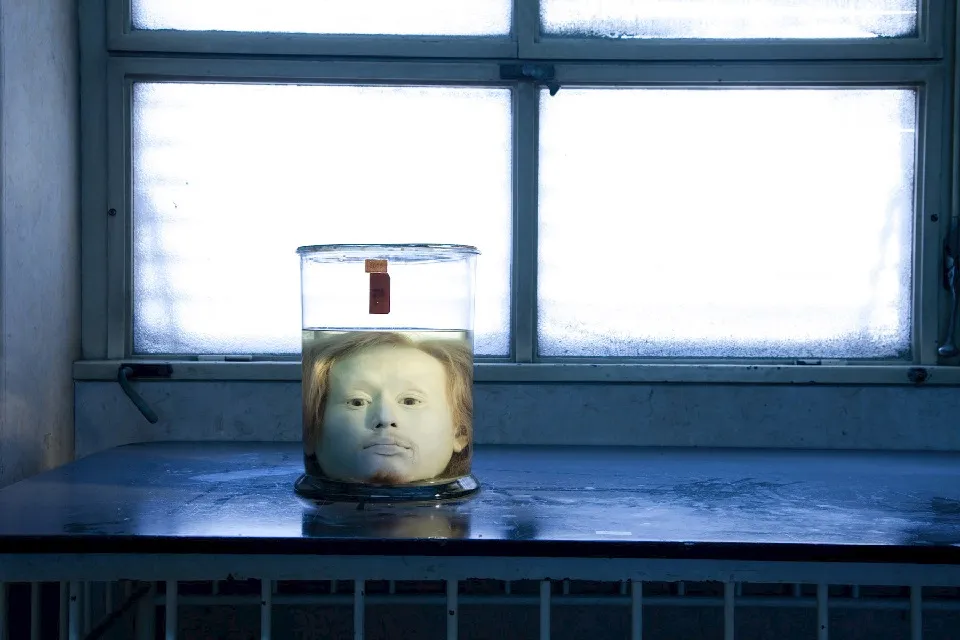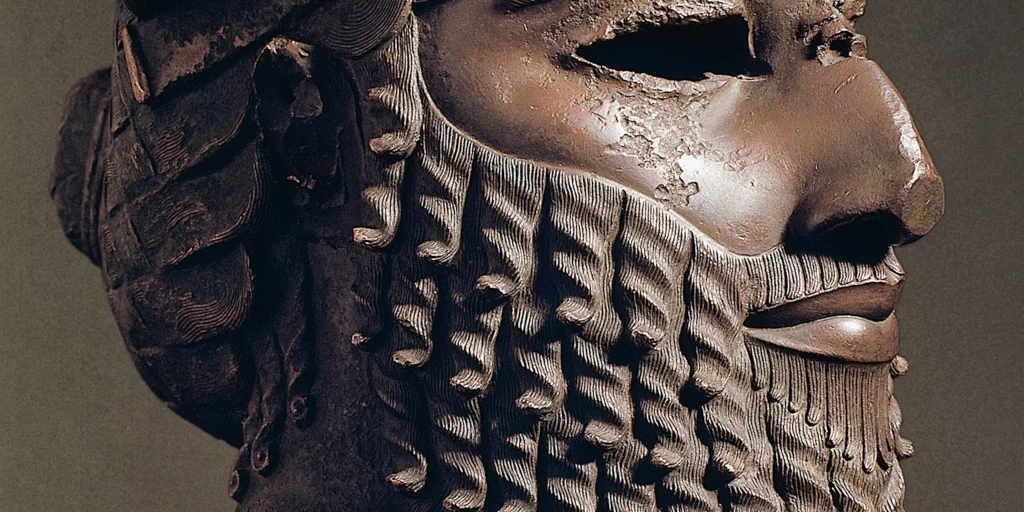In the realm of historical serial killers, there is one name that everyone knows no matter how old you are or what your background is: Jack the Ripper. His famous Whitechapel murders were so gruesome that they have inspired countless books and movies.
To this day, it’s hard to find someone who has never heard of him. While Jack may be the oldest serial killer that most people can name off the top of their heads, he is by no means the only historical serial killer.
In this article we will introduce you to the life of Diogo Alves, a serial killer who terrorized the streets of Lisbon. This was 50 years before Jack the Ripper stalked the gas-lit alleys of London.
Born in 1810, Alves gained notoriety in the 1830s for a series of gruesome murders that shocked the Lisbon community. His chilling murders involved ambushing unsuspecting victims along the Aqueduct of Águas Livres.
He would rob them of their belongings before bludgeoning them to death and tossing their bodies over the edge of the aqueduct. This macabre spree of violence would mark him as one of the earliest documented serial killers in Portugal.

Early Life
Alves was born in 1810 in Galicia, Spain. When he became an adult he did what most young men at the time were doing, relocating to the city to find a better life.
He had a hard time finding steady work and changed jobs several times. It isn’t known if he changed these jobs willingly or if he was fired.
At some point, he began living near the famous Aqueduct of Águas Livres, which is the setting for his gruesome killing spree.
Aqueduct of Águas Livres
The skyline of Lisbon in the 1830s was dominated by the Aqueduct of Águas Livres. This was a historic engineering marvel built in 1748 to supply the city with fresh water.
The aqueduct stretches over 36 miles, making it one of the longest of its kind in the world. It served both as a source of fresh water and as a pedestrian highway to and from the capital.
It consists of a series of arches and tunnels, incorporating both Roman and Moorish architectural influences. The main structure features 35 arches, with the tallest arch standing at around 213 feet.
The Aqueduct was designed to transport water from the Caneças and Carenque Springs to Lisbon. The water flowed through lead pipes. Its gravity-fed system ensured a continuous water supply to various fountains and distribution points throughout the city.

Life of Crime
Not many accounts of Diogo Alves’ life survive today, but what is known is that around this time he started to acquire a drinking problem. He spent a lot of time at a local inn where he met innkeeper Maria Gertrudes Nunes.
Maria Gertrudes Nunes wasn’t just any ordinary innkeeper. She had a notorious reputation for her involvement and connections with thieves and criminals.
Her criminal network facilitated the fencing of stolen items. She became a well-known figure in the criminal underworld of Lisbon during her time.
After meeting Nunes, Alves began doing small jobs for her until he formed his own gang. Alves’ gang targeted the rich people of Lisbon as they made their way home across the Aqueduct of Águas Livres.
To conceal his crimes, he would hit them over the head with a pipe and then throw their bodies over the aqueduct where the fall would make identifying the bodies difficult. The deaths were often ruled a suicide.
This allowed Alves to continue his murder spree unnoticed. Over a period of three years from 1836 to 1839 he reportedly killed 70 people by throwing them over the aqueduct.
What police thought were a string of suicides led to the closure of the bridge and forced Alves to change his strategy. His gang began to break into homes of wealthy residents and rob them.
They may have gotten away with it longer if not for an unfortunate event that led to Alves’ capture.
Arrest and Death
It isn’t entirely known what events led to the fateful incident that finally got Alves’ arrested. What we do know is that Alves and his gang broke into a rich doctor’s house and ended up murdering the entire family.
Did Alves feel the urge to kill again or did some hapless family member happen to witness them robbing them? We may never know the answer but it was this event that led to Alves’ eventual capture.
Authorities had no proof that they could pin the aqueduct murders on Alves, but they didn’t need to. Alves and his gang were charged with the murder of the doctor and his family and sentenced to hang.
Phrenology and the Legacy of Diogo Alves
Phrenology was a pseudoscience that gained popularity in the 19th century. It was based on the notion that personality traits and mental abilities could be determined by studying the shape and contours of the human skull.
According to phrenology, the brain was believed to be divided into distinct regions. Each region was responsible for different mental faculties or personality traits.
One of the controversial aspects of phrenology was its potential for misuse. It provided a pseudo-scientific basis for discriminatory practices and reinforced existing prejudices.
The field fell out of favor as the scientific understanding of the brain advanced, and it became clear that the assumptions made by phrenologists were unfounded. By the early 20th century, phrenology was largely discredited within the scientific community.
But during the mid-19th century, scientists were eager to study what compelled Alves and other criminals to commit such horrible crimes. Therefore, after his death, Alves’ head was removed and preserved in a jar of formaldehyde to be studied.
Alves’ head was put in storage and never was examined. Probably because a second skull, belonging to murderer Francisco Mattos Lobo was examined just one year after Alves’ death.
It spared Alves’ head from being tampered with. Alves’ head can still be found, eerily preserved, at the University of Lisbon in Portugal.

References
Águas Livres Aqueduct
https://en.wikipedia.org/wiki/%C3%81guas_Livres_Aqueduct
Phrenology
https://en.wikipedia.org/wiki/Phrenology
Diogo Alves
https://en.wikipedia.org/wiki/Diogo_Alves
PORTUGAL’S VERY FIRST SERIAL KILLER

